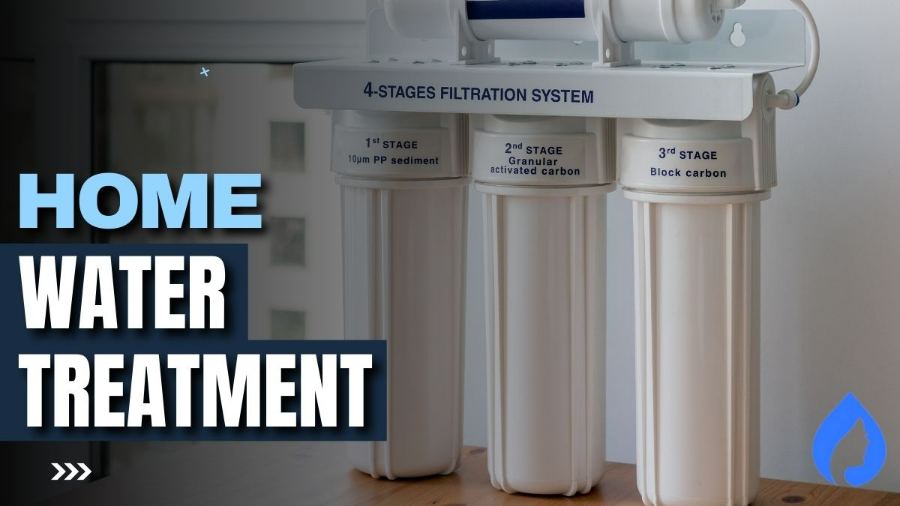
Various studies have found high contamination levels in the US home water supply in recent years.
The shocking discoveries have left people with only one solution: to look for the best water treatment methods to safeguard their family’s health and attain peace of mind. With so much misinformation floating around on the internet, it is hard to find reliable sources to guide you on exactly what to do.
But we promise you will get all your answers after reading our well-researched, detailed, yet simple guide. So, keep on reading.
What Are The 6 Most Common Types Of Household Water Treatment Systems?
While there may be a lot of ways to treat dirty water, the following six methods are the most feasible, tested, and cost effective techniques to get rid of contaminants in your home.
Here is a short and crisp takeaway on the most commonly used household water treatment systems:
| Treatment methods | How it works | Pros | Cons | Cost estimates (in $) |
| Reverse Osmosis | Removes impurities by using pressure difference and a semi-permeable membrane | Highly efficient Convenient to use Improves water taste | a lot of water waste Lacks in removing dissolved gases Needs high pressure May require sediment prefilter Water is devoid of valuable minerals | $300 – $1500 |
| Water softening | Removes specific heavy metals from water through ion exchange using special resin beads and salt pellets. | Reduces water hardness effectivelyEasy regular maintenance High filtration capacity and flow rate | Water wastage Increased sodium intake leads to health issues Soft water may corrode pipelines. | $200 – $3000 |
| Distillation | Separates impurities from water molecules by boiling and condensation. | The high contaminant removal rate It kills 100% of microbes | Expensive to operate Water tastes bland due to fewer minerals and dissolved oxygen | $80 – $300 |
| Chlorination | Chlorine (a bleach and disinfectant) is added to contaminated water to kill microorganisms | Prevent microbial growth throughout the household plumbing | Imparts a weird taste and smell May lead to harmful byproducts More space-consuming | $500 – $2500 |
| UV Disinfection | Disinfect water to remove microbial contaminant using UV light/radiation | No chemicals added to water Fast and effective Eco-friendly | It cannot be used alone as it does not remove other contaminants or dissolved solids | $150 – $300 |
| Ozonation | Injects ozone in water to oxidize small contaminant molecules and convert them into large solid particles, which are then easily separated out. | No side effects of ozone as it degrades rapidly No chemicals required | Consumes a lot of electricity Residual ozone may corrode pipes and fixtures | $200 – $1600 |
| pH adjustment | Uses chemicals compounds to bring water pH into the normal range (6-8.5) | Prevents corrosion of pipelines Greater hydration Balanced body pH and health benefits | Alkaline water may disturb stomach pH Acidic water may cause toxicity and water pipeline deterioration | $60 – $200 |
Water Treatment Methods: Detailed Reviews
Now it’s time to dive deep. While producing cleaner water is the final goal of each water treatment method, the working procedure and final water quality differ.
Thus, to understand and choose the best water treatment method for your entire household water supply, go through the detailed reviews of each system below.
Reverse Osmosis
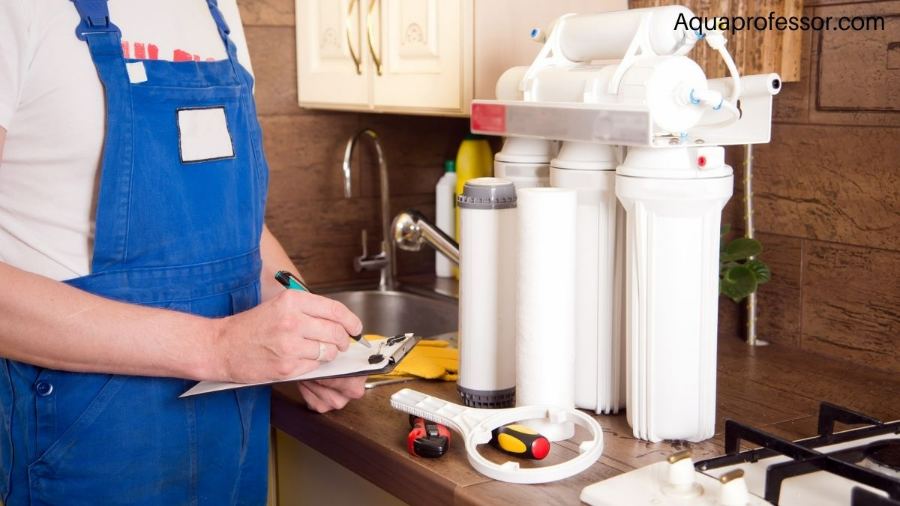
An RO (Reverse Osmosis) house water filtration system treats impure water wherein a thin semi-permeable membrane is used. This process takes place by using high pressure on the side of dirty water so that only water molecules can pass through the membrane’s tiny pores, leaving behind impurities.
Advantages
It is highly effective in removing many contaminants and certain bacteria. Reverse osmosis technology is available in both whole house and drinking water filters to provide clean water.
Usually, a pre-filter is attached before the RO filter to prolong its life. The pre-filter removes large impurities like sediments, dirt, and fibers that may block the pores or tear the RO membrane.
The lifespan of a RO filter is around six months, after which it must be replaced to continue receiving clean water. Remember that a lot of water is wasted to discharge impurities.
Water Softeners
Water softeners are widely used in whole-house water treatment systems to eliminate hard water problems:
A water softening unit is installed at the main cold water pipeline and consists of the main resin tank and a brine tank within a large housing.
Distillation
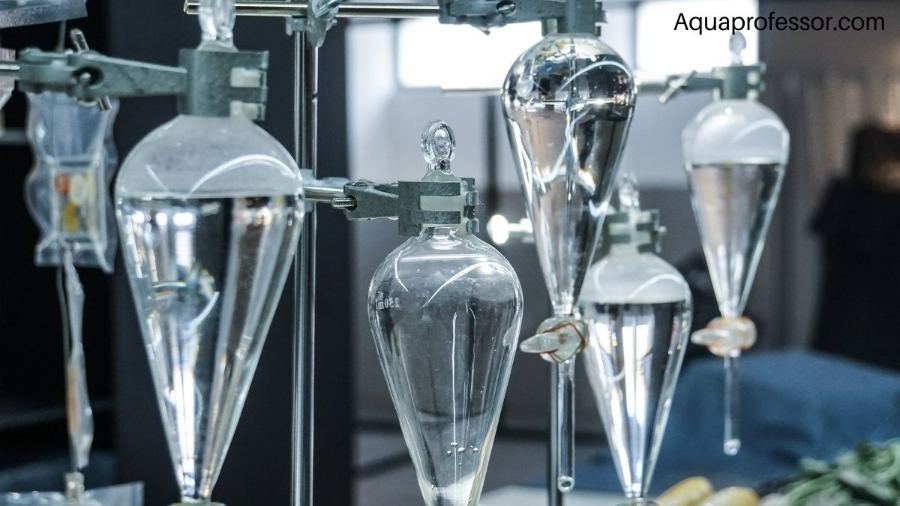
Distillation systems are a more popular laboratory method to produce pure water or separate different liquids. Nowadays, Distillers are used in household settings to separate water and its dissolved contaminants.
In distillation:
This contaminant-free water is then collected in a container and is ready to be consumed. Thus, distillation helps remove impurities and produce clean water.
Chlorination
Microorganisms are present everywhere, even in water. While the human body can fight off many microbes, some potent pathogens may cause infections.
Thus, to combat water-borne diseases, municipal authorities in various countries use chlorine as a favorable disinfectant to kill germs from the municipal water. A specific amount of chlorine is dissolved in the filtered water to prevent microbial growth or contamination during pipeline transportation.
Chlorine water treatment systems are now available for household use too. However, they are usually large and space-consuming. Once set up and connected to your water pipeline, they will continuously add the appropriate amount of chlorine to kill microorganisms in water.
UV Disinfection
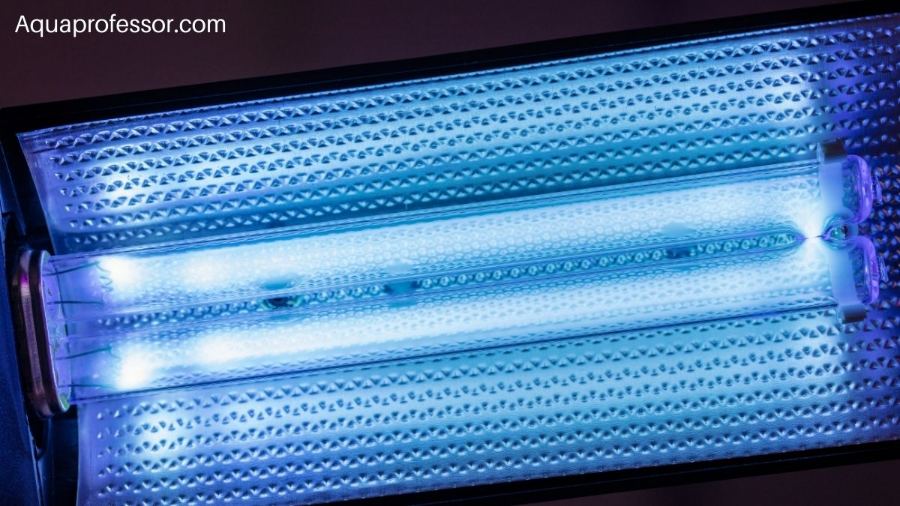
Ultraviolet light rays (UV) are high-energy light rays. They are capable enough to damage microorganisms and are thus used for water treatment.
These rays are passed through water, damaging the DNA of harmful pathogens (bacteria, viruses, cysts, etc.), rendering them harmless. So, the microbes can no longer reproduce or make your fall sick.
As a UV treatment system cannot remove particles or bad taste and odor, it is usually used as an additional filter to an existing unit.
UV systems are comparatively cheaper and safe as they do not use harmful chemicals.
Ozonation
Ozone (O3) gas has high oxidative strength and can be produced electrically in an ozone generator from atmospheric oxygen.
Ozone can also reduce turbidity and oxidize chlorine to eliminate bad chlorine taste and odor.
pH Adjustment
pH is a universal scale that indicates the acidity or basicity of a particular solution. It ranges from 0-14, where 7 represents neutral, <7 represents acidic, and >7 represents basic.
The normal pH range of drinking water must lie between 6-8.5.
If the water supplied to your home is too acidic (below 6), it becomes corrosive and harms your household plumbing and water appliances. It may even lead to cracks and leaks, leading to more water contamination. Additionally, the harmful metal ions leaching out of pipelines due to an acidic environment may lead to higher health risks.
On the other hand, water that is too basic (above 8.5) gives a soda-like taste to drinking water.
So, if you are facing a similar problem in your home, go for pH adjustment water treatment systems to overcome the side effects. There are three pH adjustment units: Neutralizing, acid injection, and Soda Ash/Sodium Hydroxide injection filters. Checking your current water pH will help you decide what pH treatment is best in your scenario.
Boiling (Household Method)
Boiling to kill microbes and settle down large impurities is an age-old practice to treat water. While it may sound convincing, it is not feasible for everyday use. In addition, it is time-consuming and requires an extra cool-off time before you can start drinking.
Note that boiling water does not remove harmful contaminants like lead and arsenic. It can be used to remove temporary hardness but is ineffective for permanent hardness in water. So, you can use boiling to treat small quantities of water occasionally, but there are more reliable methods.
Useful Well Water Guides:
How To Choose a Home Water Treatment System
Now that you know a great deal about different water treatment systems, it’s time to choose which is best suited for your water quality concerns. Make a checklist of the following points to arrive at the correct solution:
Get Your Water Tested
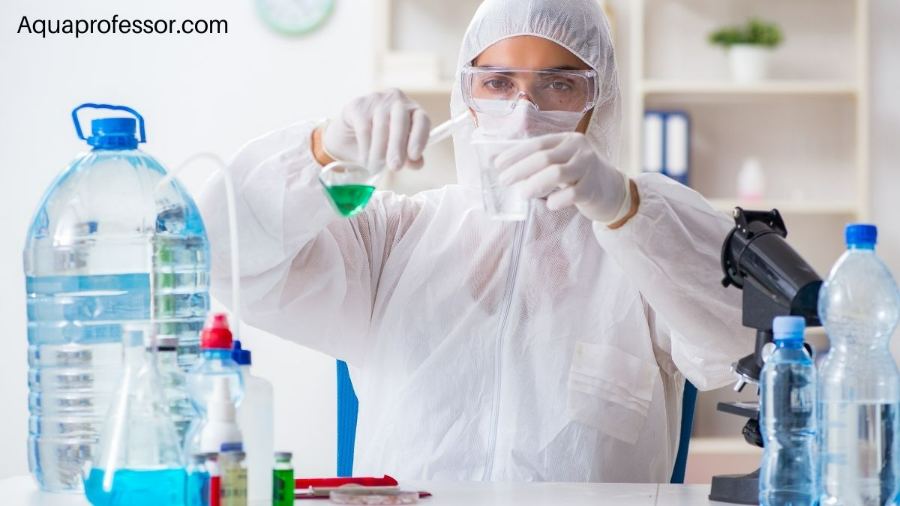
Before investing your money in any water treatment system, it is essential to determine if it is of any use. Different water treatment procedures are capable of removing various types of impurities.
So, it is advised first to get your water sample tested to know the exact number of contaminants present and their levels. You can get your water tested in the following ways:
1. Home-Testing Kits:
Various DIY water testing kits are available in the market nowadays. These kits are very affordable and easy to use and evaluate. All you have to do is purchase a good company testing kit and follow the instructions mentioned in the guide provided with the package.
The procedure is simple, and the results are visible. The water test results are usually indicated through a color change, bubbling, or other chemical reactions. You may also come across testing strips or devices that show approximate contaminant levels when dipped into the water.
On the downside, home-testing kits are specific for particular impurities and do not tell you the exact contamination amount. They are less accurate and may get affected by environmental factors. Moreover, they usually fail to detect minute impurity levels.
2. Laboratory Testing:
It is the most elaborate and accurate way to determine your water quality. The water testing laboratories have specialized equipment and technology to detect the exact number of impurities and their amount, even if present at minute levels.
All you have to do is find a good water testing laboratory near you. You may send your water sample in the following ways:
Finally, your water quality test reports may be mailed to you online or by post.
Analyze Your Requirement

Once you know what impurities are present in your water supply and the problems you face due to poor water quality, analyze your requirement. Then, go for those water treatment systems that are the most suitable for your needs.
For Example:
Reverse osmosis is best for high contamination levels and microbes, while water softener units are great for hard water problems.
If the impurity levels are low, but the aesthetics of your drinking water are poor, like bad taste, odor, or appearance, go for POU (Point-of-Use) water treatment systems. POU filters are attached to your kitchen tap or faucet to provide clean drinking water.
On the other hand, if you face hard water issues like scaling in water pipelines, clogging of water appliances, stains on floors, dishes, and clothes, or hair and skin problems, then go for POE (Point-of-entry) water treatment systems.
POE or Whole House water filters are attached to your main cold water pipeline to provide clean water for all household chores. So, shortlist a few water treatment systems based on the requirement and contaminant reduction rate.
Select a Water Treatment Option

Let’s conclude, and select the finalist. Compare the ANSI/NSF ratings, features, customer reviews, and cost of your shortlisted treatment options.
ANSI (American National Standards Institute) and NSF (National Sanitation Foundation) are two official public health organizations that test the efficiency of marketed water treatment systems.
Water treatment systems that pass the rigorous testing procedure of the above organizations are granted an official certification under specific standards. The standard certificate proves that the water treatment system can successfully remove certain impurities.
Lastly, check the compatible features and your budget to make the final decision.
Home Water Treatment: FAQs
How Can I Naturally Purify Water At Home?
Various DIY methods exist to naturally purify your contaminated water at home without the help of water treatment systems. These methods include boiling, disinfectant tablets, sunlight exposure, activated charcoal wrapped in cloth, portable sediment filter, and fruit peel filters.
What Is The NSF Rating For Water Filters?
NSF stands for ‘National Sanitation Foundation’ and is a public health organization to ensure manufactured product quality. Home water filtration systems are strictly tested to check their working efficiency and uncover false claims. Then, NSF provides a standard certificate or rating for the products that pass the testing procedure to showcase trust in that product. Thus, an NSF-certified product is always safe to purchase and indicates specific contaminants removed by that water filter.
How Much Does A Water Treatment System Cost?
The cost varies. Different water treatment systems use various treatment technologies and are made of distinct materials to show appropriate results. Many factors like size, capacity, efficiency, and reputation also control the price of a product.
Whole house water treatment systems (POE filters) cost more than under-sink or countertop filters (POE filters). POU filters have a price range of $100 to $800, while POE filters have a price range of $1000 to $4000.
What Are The Most Common Contaminants Found In Drinking Water?
The common contaminants in drinking water are dirt, sediments, fibers, chlorine, sodium, magnesium, calcium, iron, arsenic, lead, PFAs, volatile organic compounds, fungi, molds, bacteria, and viruses. Know that natural water has many dissolved impurities. Water quality also varies from place to place. City water supplied through municipal treatment plants contains fewer contaminants than private wells.
What Is A POU RO System?
A POU (Point-of-Use) Reverse Osmosis system is a water treatment unit installed at the particular water pipeline supplying tap water or connected to your kitchen faucet. It is mainly used to get clean water for drinking and cooking purposes.
Like all other reverse osmosis systems, the POU RO filter also consists of a chamber separated by a semi-permeable membrane with tiny pores. Dirty water is poured on one side under pressure. As the membrane’s permeability is limited, only water molecules can pass across the membrane, while impurities are left behind.
Adarsh is a Health & Nutrition Sciences graduate with expertise in environmental health. He is associated with ventures like Glacier Fresh Filter and Simpure Filter Systems. Through Aqua Professor, he intends to provide helpful information to every home to help them make smarter decisions.
